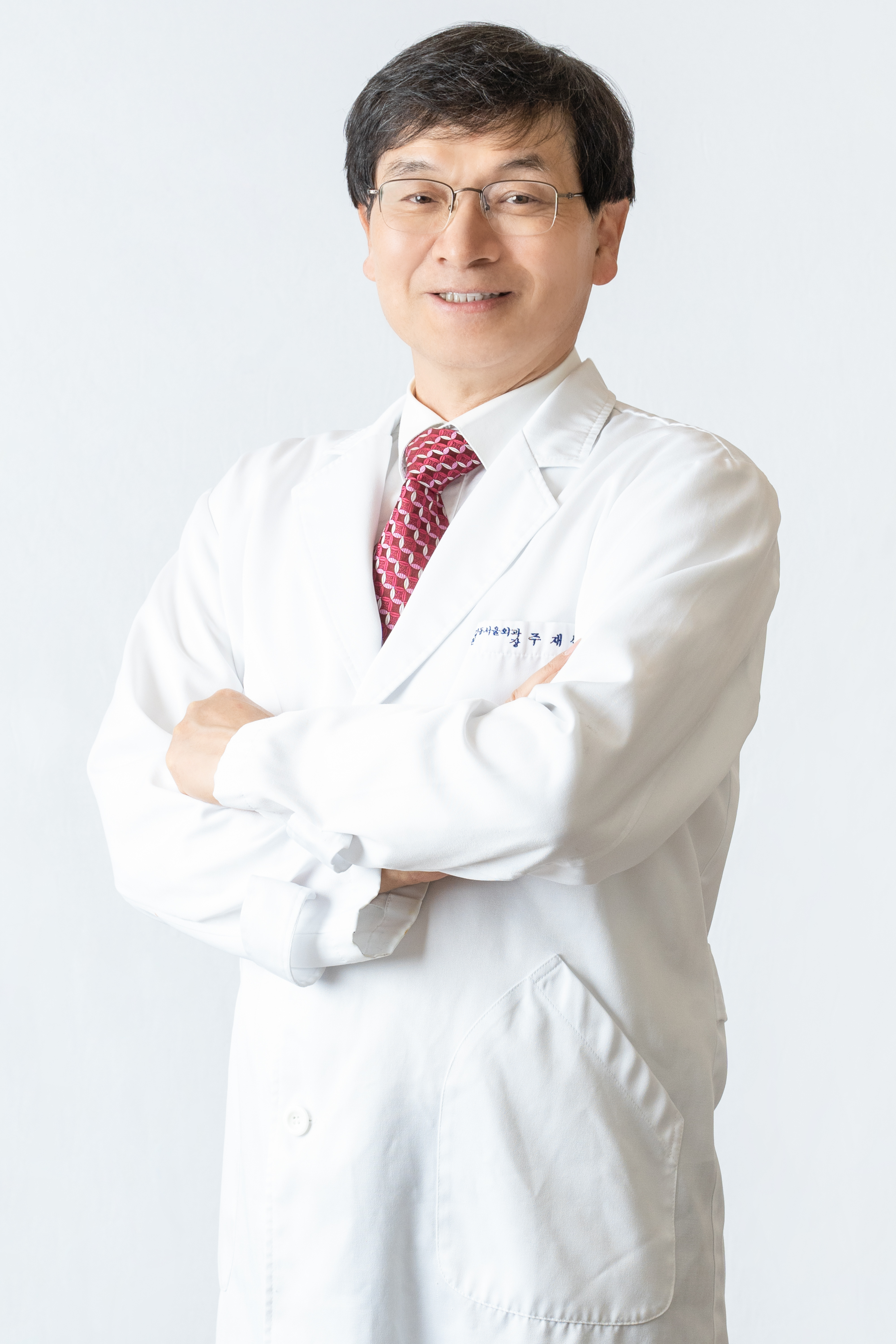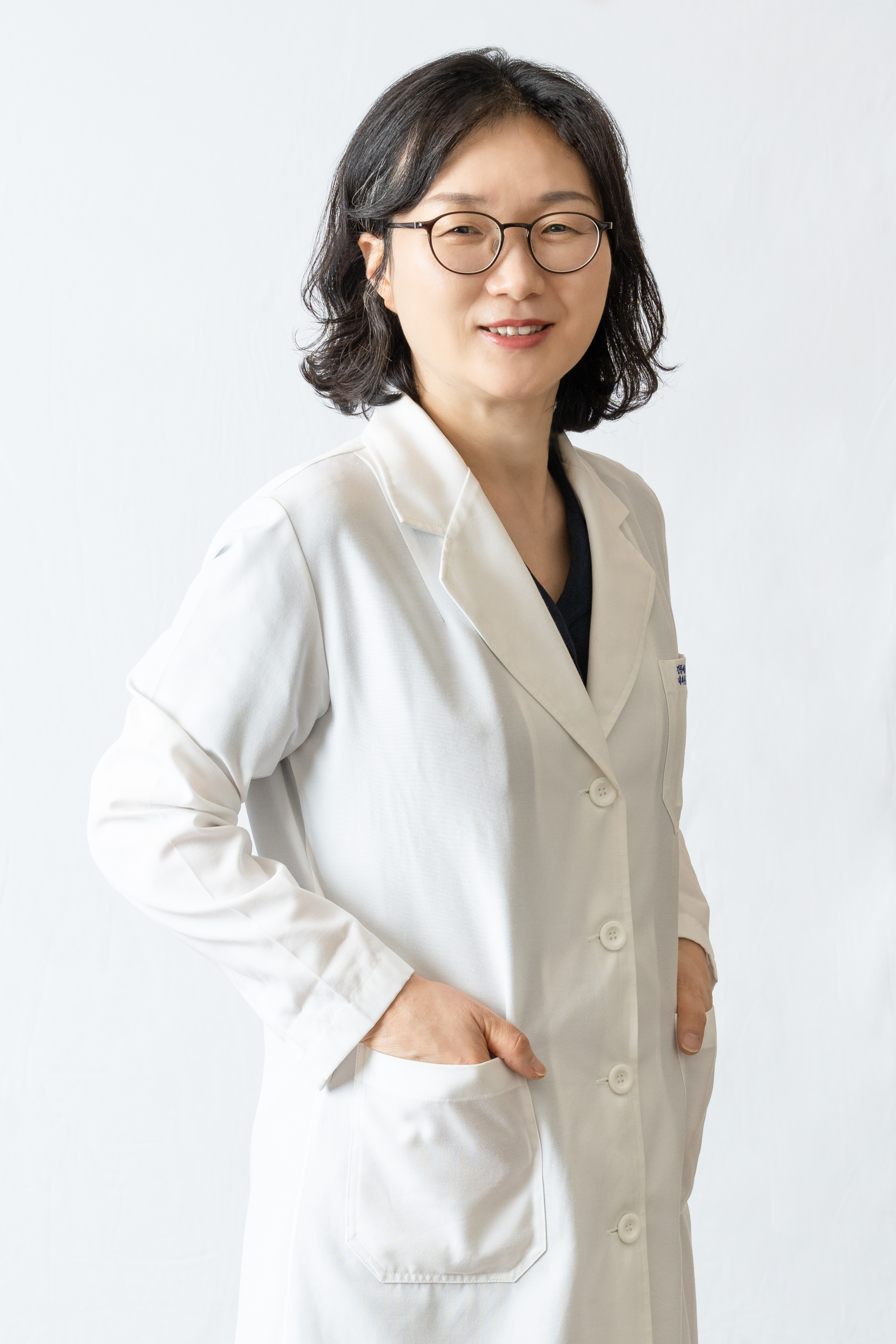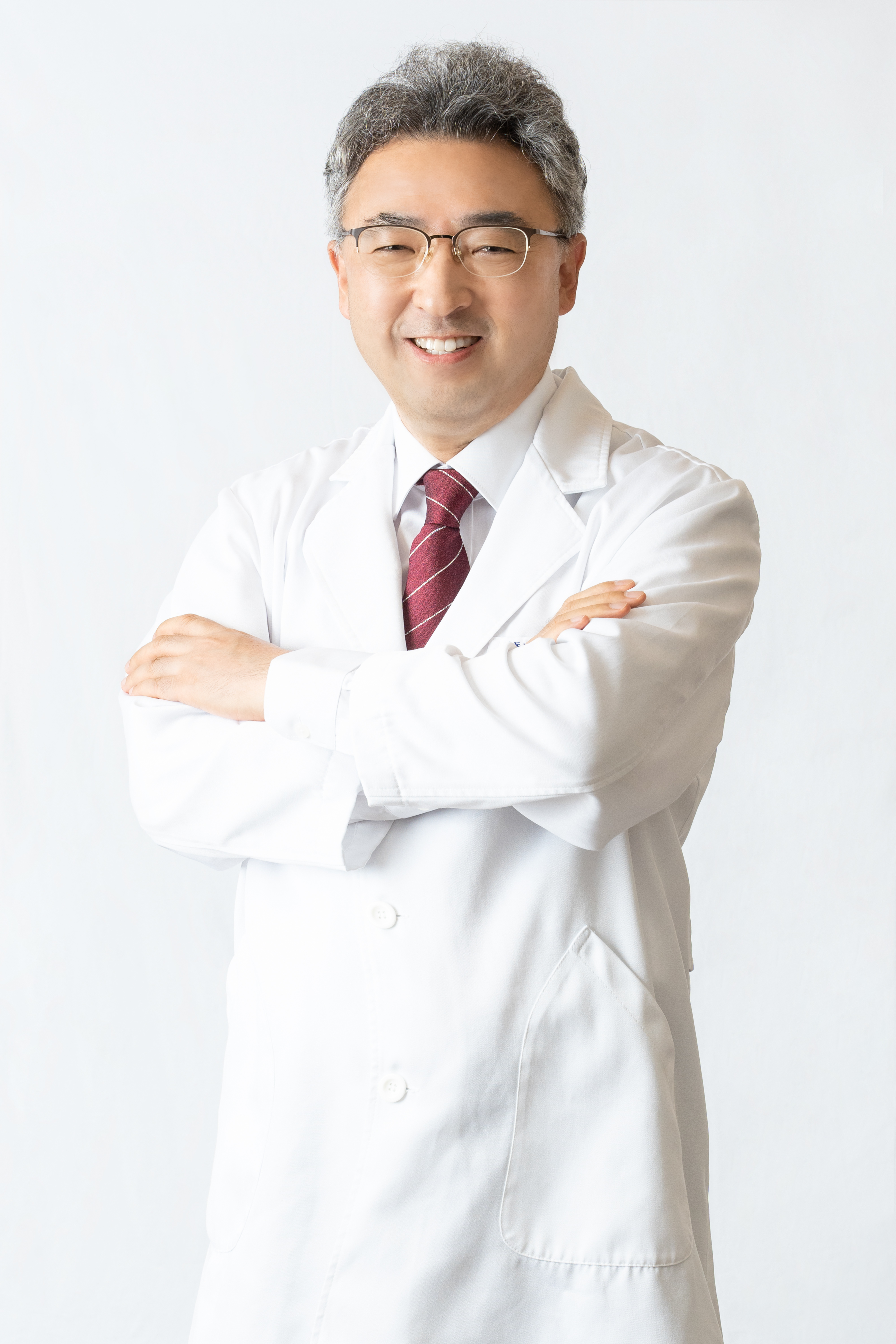
What is hernia?
In Korean, a hernia is a prolapsed intestine, and in English,
it's called a hernia, which means "rupture" or "bursting".
A hernia is an abnormal protrusion of the peritoneum into a
pouch-like sac through a weakened abdominal wall that is unable to
withstand high abdominal pressure.
Depending on where they occur, inguinal hernias, femoral hernias,
and umbilical hernias are the most common, with inguinal
hernias occurring
in the groin and accounting for about 75% of
all hernias.
-
01
Hernia symptoms
The symptoms of a hernia are initially a small tumor-like protrusion in one groin that gets bigger when you stand up or cough and can be pressed with your hand and disappears when you press it, but over time it gets bigger and can even go down to the scrotum in men, causing discomfort and sometimes pain in daily life.
When it gets worse, it won't go in even if you press it, and it won't go away even if you lie down, it can become a hiatal hernia, which causes severe pain, and if it stays like that, it won't go in, and it causes blood circulation in the intestines to be disturbed, so it causes necrosis of the intestines, so surgery is required. -
02
Treatment of Hernias
Surgical treatment
Surgery is the only treatment for both children and adults.
In adults, hernias are caused by an acquired defect in the inguinal abdominal wall, so the hernia sac is tied and the weakened abdominal wall is closed, and recently, tension free repair using an artificial membrane has been performed, which greatly reduces postoperative pain and can be cured without recurrence.
Pediatric hernias are the most common pediatric surgical procedure, occurring more frequently in boys and are more common on the right side.
Before birth, the testicles are in the abdominal cavity and then descend into the scrotum, but after they descend, there is often a pathway that should be blocked and a hernia develops in that area.
In pediatric hernias, unlike in adults, the gap in the abdominal wall closes on its own as they grow, so it is often enough to push the herniated contents back into the abdominal cavity, leaving only the stretched abdomen completely closed and the extra sac removed.















